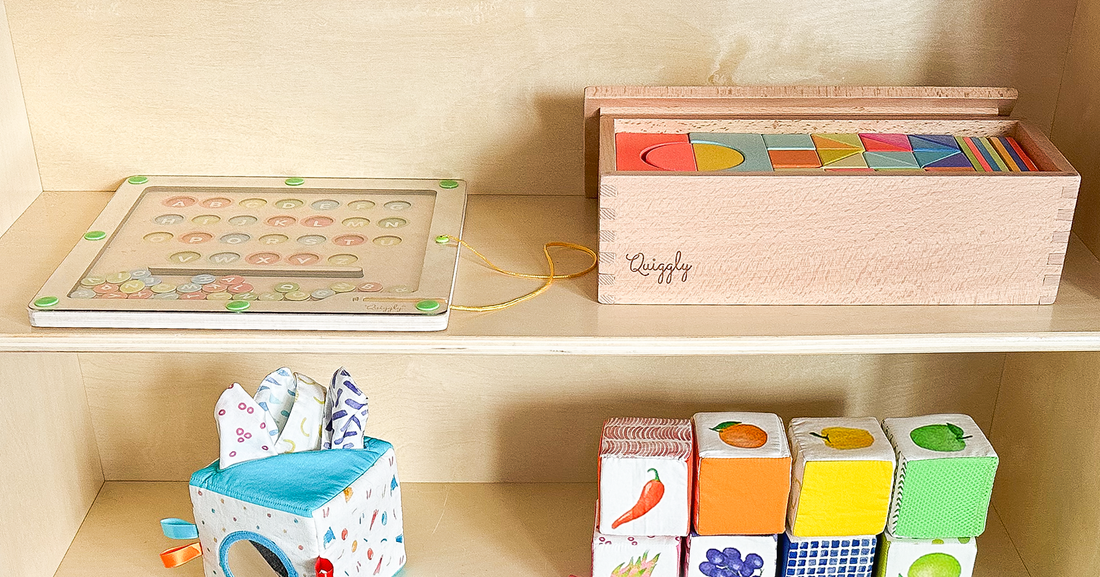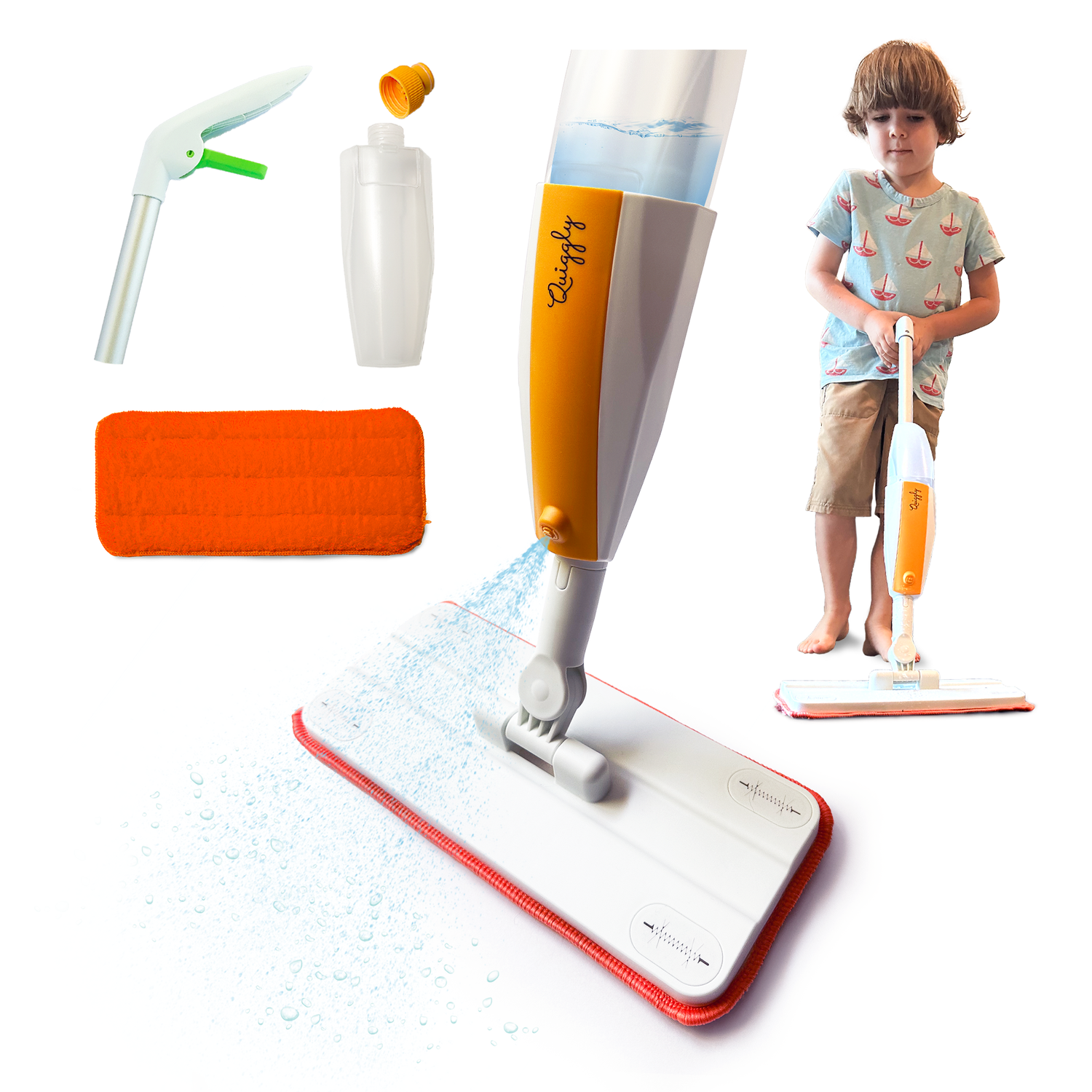
The Role of Interactive Toys in Preschool Learning: A Guide
Preschool years are a time of rapid growth and discovery for young children. During this stage, interactive toys play a crucial role in enhancing their learning experiences. These toys are not just about entertainment; they are tools that foster important developmental skills. By engaging in hands-on play, children develop cognitive abilities and motor skills that form the foundation for later learning.
Montessori principles emphasize the importance of letting children learn through exploration and interaction. Interactive toys fit perfectly into this approach by allowing kids to engage with their environment in meaningful ways. They provide the opportunity for children to make discoveries on their own, fostering creativity and problem-solving skills. This method nurtures independence and helps kids understand their surroundings through active participation.
Through the use of Montessori-inspired interactive toys, children are encouraged to explore, learn, and grow. These toys make learning natural and enjoyable, building confidence and curiosity in young minds. As children play, they acquire essential skills that will serve them well throughout their educational journey and beyond.
Understanding Preschool Learning Through Montessori Principles
Montessori education focuses on child-centered learning, where children guide their own educational experiences. The Montessori approach emphasizes independence, freedom within limits, and respect for a child's natural psychological, physical, and social development. This educational style allows children to engage deeply with their learning environment, encouraging exploration and self-directed learning.
Interactive toys are a natural fit within the Montessori framework because they encourage this type of active learning. Rather than passive play, interactive toys require children to think, move, and solve problems. These toys are designed to be engaging and inventive, allowing children to experiment and innovate. They often include elements that appeal to the senses, helping children learn by touching, seeing, and hearing, which aligns perfectly with Montessori's sensory-based methods.
The importance of hands-on learning in early childhood cannot be overstated. During their formative years, children learn best through tangible experiences rather than abstract instructions. Actively manipulating objects enhances their understanding of the world around them. This type of sensory engagement helps develop cognitive and physical skills, making the learning process more effective and enjoyable. Interactive toys that adhere to Montessori principles ensure that children remain engaged and enthusiastic learners, while also fostering essential developmental milestones.
Key Benefits of Interactive Toys in Child Development
Interactive toys can have a profound impact on child development, offering a range of benefits that support growth in various areas.
1. Enhancing Cognitive and Motor Skills
Interactive toys are designed to stimulate the brain, encouraging children to think, learn, and problem-solve. When children play with these toys, they engage in tasks that develop critical thinking and enhance motor skills. For example, activities like building blocks improve spatial awareness and fine motor coordination.
2. Encouraging Creativity and Problem-Solving
These toys often present challenges or scenarios that require children to think creatively and find solutions. Puzzles, mazes, and building sets nurture the ability to approach problems in new ways. By experimenting with different strategies, children develop flexibility in thinking, which is crucial for problem-solving.
3. Building Social and Communication Skills
Many interactive toys are designed for group play, providing opportunities for children to work with peers. This environment helps in developing social skills such as sharing, cooperation, and communication. Role-playing games and collaborative tasks promote teamwork and empathy.
Incorporating interactive toys into a child’s daily play can contribute significantly to their overall development. These toys not only engage children in meaningful activities but also lay down the groundwork for lifelong learning skills. By exploring and learning through play, children build a foundation of knowledge and skills that can support and enhance their future educational experiences.
Examples of Interactive Toys for Preschool Learning
Interactive toys can greatly enhance preschool education by making learning engaging and meaningful. Quiggly offers a variety of toys designed to boost different developmental skills.
1. Quiggly Wooden Rainbow Building Blocks
These blocks are perfect for imaginative play and introducing STEM concepts. With 68 pieces in 18 colors, children can build various structures, improving spatial skills and understanding basic engineering principles. The different shapes such as cubes and arches help enhance creativity and problem-solving abilities.
2. Magnetic Alphabet and Color Maze
This toy is a fun and educational tool for children to learn both the alphabet and colors. The maze features vibrant watercolor designs and capital letters, promoting hand-eye coordination and fine motor skills. With its mess-free design, it's excellent for travel, and kids can develop counting skills and color recognition in an enjoyable way.
3. Quiggly Maze Craze
This activity book is packed with over 100 mazes that range from easy to complex, ideal for ages 4-8. The mazes encourage fine motor skills and problem-solving while the colorable paths bring creativity into play. Themes such as nature and fantasy keep children engaged, making learning both educational and entertaining.
These interactive toys provide varied learning opportunities, fostering a love for learning and helping children develop essential skills for their growth.
Creating an Engaging Play Environment
Setting up your child's play area with Montessori principles can create a nurturing environment for exploration and learning. Here are a few tips to help you design a space that encourages active engagement:
1. Integrate Interactive Toys Wisely
Choose a variety of toys that offer different learning experiences. Place them at the child's eye level to make them accessible and inviting. Incorporate items like the Quiggly Maze Craze or the Rainbow Blocks to cover multiple learning areas.
2. Design a Welcoming Play Space
Make the play area clean, organized, and free of clutter. Use natural materials when possible and ensure there is ample light. Soft colors can create a calming effect, encouraging focused playtime.
3. Organize Toys for Independent Play
Arrange toys by category and rotate them regularly to maintain interest. Label baskets for easy identification and teach your child how to replace toys after play, promoting responsibility and organization.
Creating a thoughtful play environment not only enhances a child's learning experience but also fosters independence and creativity.
Conclusion
Interactive toys that align with Montessori principles offer children a unique way to engage and learn. By combining hands-on activities with educational content, these toys not only provide entertainment but also support critical developmental skills. Whether through building with Wooden Rainbow Blocks, navigating the Magnetic Alphabet Maze, or solving the Quiggly Maze Craze, children benefit from a playful and imaginative learning journey. Setting up a thoughtful play environment further enriches their experience, encouraging independence and curiosity.
Explore Quiggly’s interactive toys to nurture your child's development with our carefully crafted educational tools. Our products are designed to make learning fun and meaningful. Whether you're looking for toys that support early learning milestones or need to set up an engaging play area, Quiggly can provide the perfect solution for your child's needs.

